
Stretch Exercises
Your Ultimate Guide to Better Mobility
Flexibility is the key to stability.
Stretching is the practice of applying gentle tension to your muscles to improve their flexibility, reduce tightness, and enhance overall muscle health.
Why Flexibility and Stretching Are Important?
It improves mobility, reduces injury risk, and relieves muscle tension. They enhance performance, aid recovery, and promote relaxation. Regular stretching also helps maintain better posture and reduces stress. Include both dynamic and static stretches for best results.
Here are 5 key benefits of a regular stretching routine:
➕ Better Flexibility & Motion
💓 Improved Blood Flow
🛡️ Lower Injury Risk
😌 Less Soreness & Stress
🧘♂️ Better Posture



Unlock Tight Muscles & Relax Your Mind
Stretching daily improves flexibility, reduces muscle stiffness, and enhances joint mobility. It helps prevent injuries, relieves tension, and promotes faster recovery after workouts.
Regular stretching can also ease back pain, improve posture, and reduce stress.
For best results, combine dynamic stretches (like leg swings) before activity and static holds (like hamstring stretches) post-workout.
Aim for at least 5–10 minutes of stretching daily to maintain long-term benefits.

Beginner’s Guide to Basic Stretches
Recent Blogs

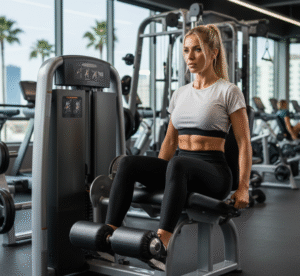
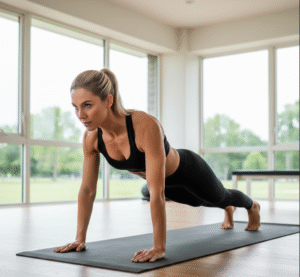
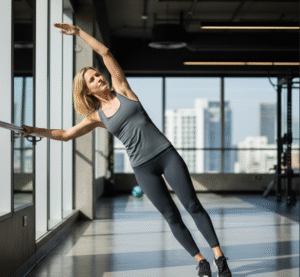

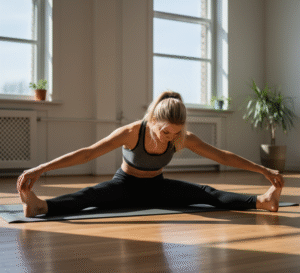
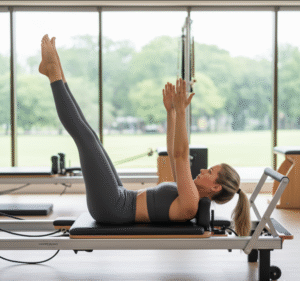

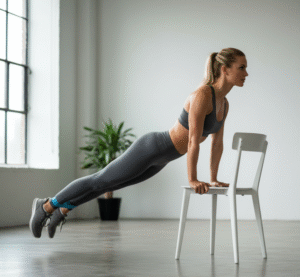


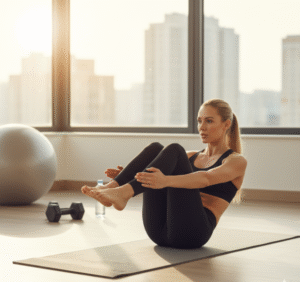
FAQ
Why are stretch exercises important for improving flexibility?
Stretch exercises play a key role in enhancing flexibility by lengthening tight muscles, increasing joint mobility, and reducing stiffness. Consistent stretching improves posture, prevents injuries, and supports better movement efficiency in daily activities or workouts.
What are the best stretch exercises for beginners to boost flexibility?
Beginners should focus on foundational stretches like the seated hamstring stretch, cross-body shoulder stretch, cat-cow stretch for spinal mobility, standing quadriceps stretch, and child’s pose for back and hip flexibility. These are gentle yet effective for gradual progress.
How often should I do stretch exercises to see flexibility improvements?
For noticeable flexibility gains, aim for 3–5 stretching sessions weekly, holding each stretch for 15–30 seconds. Dynamic stretches (e.g., leg swings) are ideal pre-workout, while static stretches (e.g., toe touches) work best post-workout for muscle recovery.
Can stretch exercises help with back pain and tight muscles?
Absolutely. Stretching promotes blood circulation, relieves muscle tension, and improves spinal flexibility critical for reducing back pain. Prioritize lower back stretches, hip flexor releases, and gentle twists for long-term relief and mobility.








